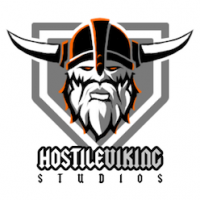Leap Motion:
Oculus Rift DK2:
Comments


Judging by the posting rate, I'd be inclined to believe that adding VR to your project has dragged a wind of motivation along?
"Overall, I think that if you're building a VR game, you should aim for 10-15 minute VR sessions. In my game, you'll be doing the tactical battles in VR. These battles should last 10-15 minutes, so that players can take a break if they need one. Cool off their heads, reorient/recalibrate their balance, take a breather, etc."
I love that you're taking this into consideration. I think a lot of the buzz around VR currently ignores the user experience. As you state, the first 10 minutes of a VR experience are awesome. Though the awesomeness fades slowly, the actual discomfort does increase quite fast, and it's good that your design will take this into account to maximize the experience.
Keep it up!


Not having any experience with the VR or Leap I am happy to read about so of the pains to use the items.